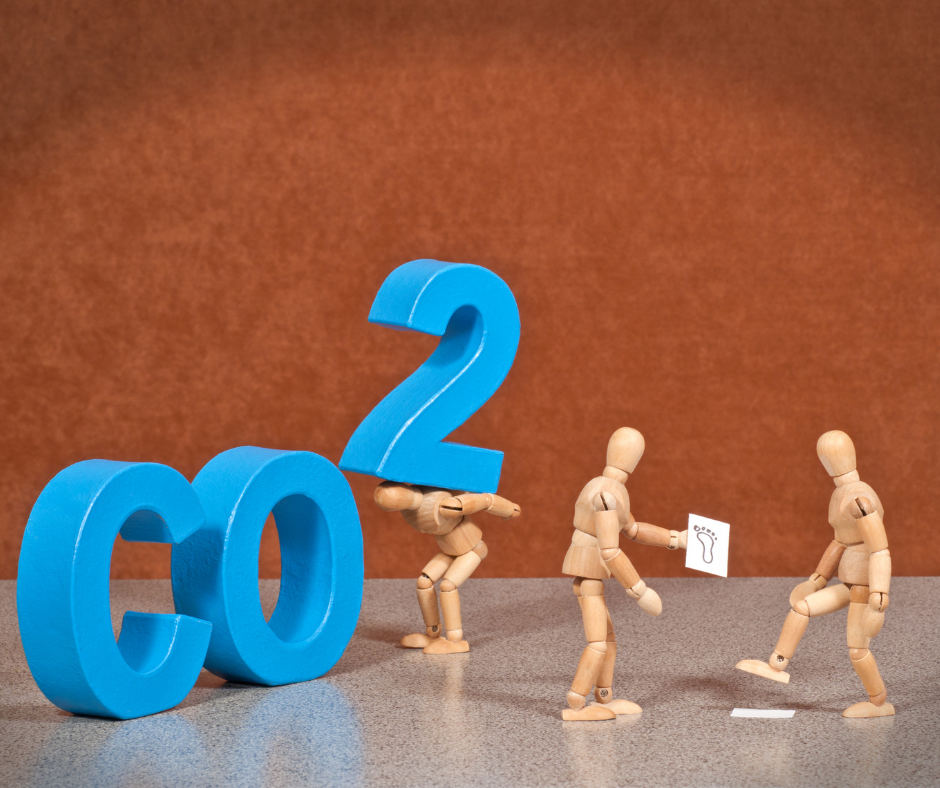Reducing Your Carbon Footprint.
In today’s world, it is generally not possible to completely eliminate all greenhouse gas emissions from your activities and operations. You can mitigate your emissions as much as you can through environmentally conscious choices like energy efficiency measures, but you almost certainly won’t be able to eliminate them all.
However, reducing your carbon footprint is possible, and even go carbon neutral! All thanks to carbon offsets and credits.
What is a carbon offset?
A carbon offset is a reduction in emissions made to compensate for emissions produced elsewhere. For example, in one part of your operation, you can produce more renewable energy than you consume to make up for carbon emissions related to another part of your operation.
This is something that even oil companies are getting in on. Occidental Petroleum, one of the United States’ largest oil drillers and the fifth-largest U.S. oil company by market valuation, is making carbon offset plans. Occidental plans to capture the carbon emissions produced by their operations and inject that carbon dioxide into the ground as part of a process called enhanced oil recovery. This will prevent that carbon dioxide from entering the atmosphere.[1]
When we built the HGA House, we earned offset credits for the greenhouse gas emissions we mitigated through landfill avoidance. When any kind of biomaterial—food scraps, animal waste, wood products, etc.—is put into a landfill, it decomposes and creates methane, which is even more potent than carbon dioxide in causing climate change. Therefore, the EPA created an incentive to keep biomass out of landfills: the Waste Reduction Model, or WARM. This protocol tracks and reports greenhouse gas emissions from solid waste—and maintains an online calculation of carbon offsets for landfill avoidance. If you reduce the amount of waste you send to landfills, you get a carbon credit from the EPA. By recycling our wood waste, we were able to earn carbon offsets.
What are carbon offset credits?
Moreover, you can also purchase carbon offset credits. There are many projects out there that actively take greenhouse gasses out of the atmosphere. A number of programs certify these projects and generate carbon offset credits based on how much greenhouse gas the projects remove. A buyer can then purchase credits equal to the amount of greenhouse gas emissions their operation produces. The purchasing of these credits, therefore, funds the continuation of the projects themselves.
For the HGA house, the HGA purchased carbon offset credits for whatever emissions we could not mitigate or offset ourselves. The offset we purchased was to help a family farm in Georgia that collected manure from cattle and turned that biomaterial into biogas via a process called anaerobic digestion. Biogas is very similar to the fuel we call natural gas—but instead of coming from fossil fuels, it comes from recycled biomaterial. Therefore, it is renewable. Anything you can run on natural gas, you can run on biogas. This farm uses the biogas they create to run a generator, which produces the electricity used to power the farm. Whatever excess electricity they produce, they put on the electrical grid.
With carbon offsets and credits, it is possible to reduce your carbon footprint—or even eliminate it!—even if you cannot completely eliminate all greenhouse gas emissions from your activities and operations.
What if it was possible to harness the market forces of competitive advantage to reduce greenhouse gasses? The solution already exists. Check out my book, Decarbonize the World to learn more!
[1] Matt Egan, “One of America’s Biggest Oil Companies Wants to Be ‘Carbon Neutral’—Eventually,” CNN Business, March 20, 2019, https://www.cnn.com/2019/03/20/investing/occidental-carbon-neutral-oil-shale/index.html.
